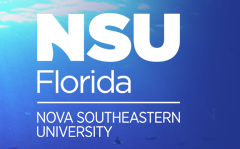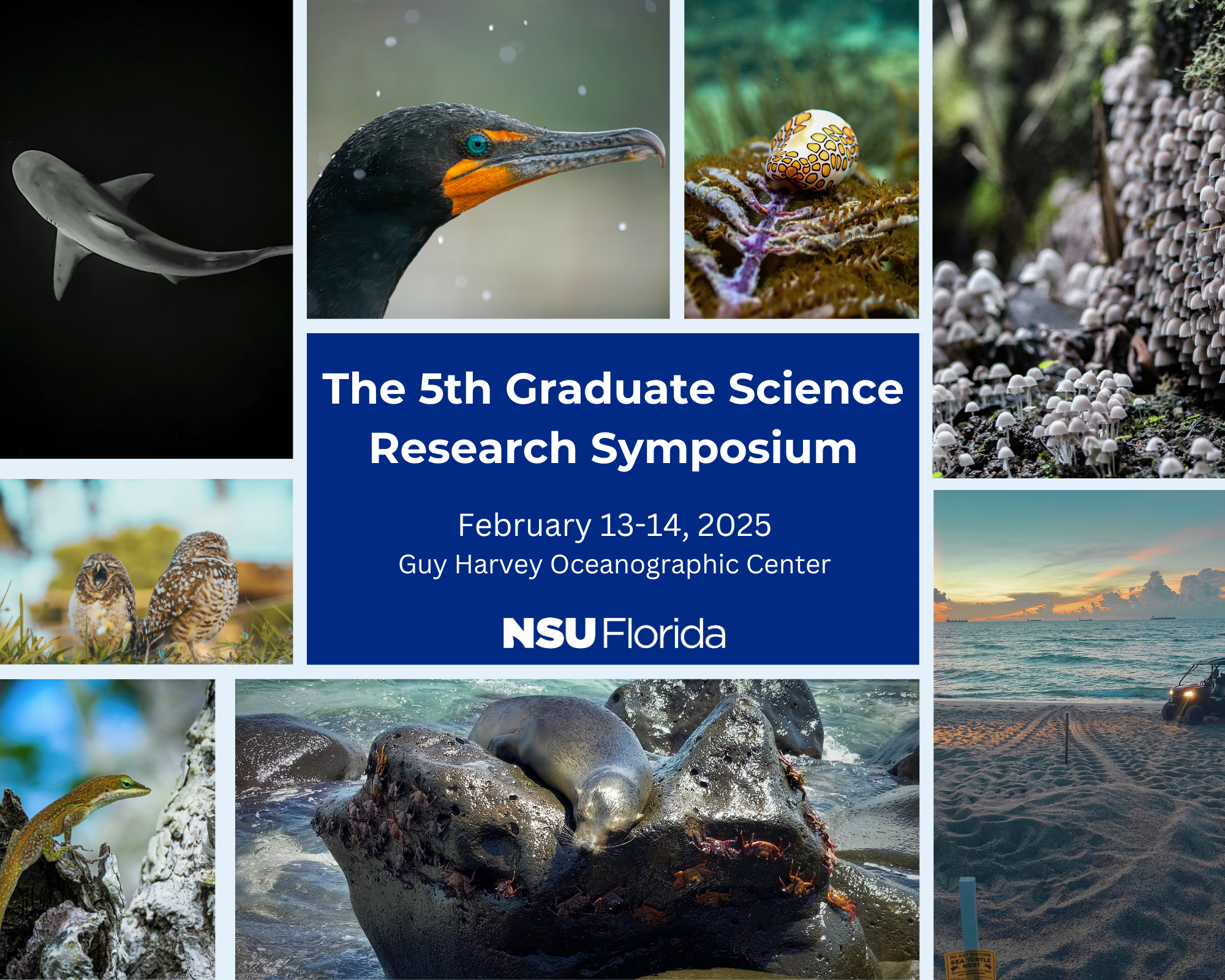Characterization of Potential Marine Microbial Degraders of PHA using Phade Straws
Location
HCAS Guy Harvey Oceanographic Center, Nova Southeastern University
Start
2-14-2025 10:15 AM
End
2-14-2025 10:30 AM
Type of Presentation
Oral Presentation
Abstract
Plastic pollution in the marine environment have plagued the minds of researchers for decades. This led to the development of biodegradable plastic and the research that microbial communities have developed plastisphere or plastic-centered ecosystems on specific plastic types. PHA plastic is a new biodegradable material introduced to the marine environment within the last eight years. The microbial composition and potential plastic degraders have been sparsely studied. This study investigates the microbial composition and aims to identify any potential plastic degraders associated with PHA plastic straws. 225 PHA Phade straws were weighed before being left in marine port waters near NSU Oceanographic Center for 15 weeks (March 29, 2024 - July 3, 2024). During this time, 15 plastic straws were taken out each week. Two of were swabbed on their exterior and interior surfaces for microbial composition, while the rest were used to measure for a difference in mass. The samples were processed through next-generation sequencing (NGS) on the 16S rRNA gene in its V4 region. Sequence data was filtered through QIIME2 and analyzed in RStudio. Using a combination of the microbial composition, mass of the straws, and previously collected environmental data, top taxa and potential plastic degraders were identified among the microbes. Genera such as Parasphingopyxis, Limibaculum, and Roseovarius were seen in a higher abundance. The presence of these taxa as part of known plastispheres are verified by previous studies. Potential novel genera were also identified.
Characterization of Potential Marine Microbial Degraders of PHA using Phade Straws
HCAS Guy Harvey Oceanographic Center, Nova Southeastern University
Plastic pollution in the marine environment have plagued the minds of researchers for decades. This led to the development of biodegradable plastic and the research that microbial communities have developed plastisphere or plastic-centered ecosystems on specific plastic types. PHA plastic is a new biodegradable material introduced to the marine environment within the last eight years. The microbial composition and potential plastic degraders have been sparsely studied. This study investigates the microbial composition and aims to identify any potential plastic degraders associated with PHA plastic straws. 225 PHA Phade straws were weighed before being left in marine port waters near NSU Oceanographic Center for 15 weeks (March 29, 2024 - July 3, 2024). During this time, 15 plastic straws were taken out each week. Two of were swabbed on their exterior and interior surfaces for microbial composition, while the rest were used to measure for a difference in mass. The samples were processed through next-generation sequencing (NGS) on the 16S rRNA gene in its V4 region. Sequence data was filtered through QIIME2 and analyzed in RStudio. Using a combination of the microbial composition, mass of the straws, and previously collected environmental data, top taxa and potential plastic degraders were identified among the microbes. Genera such as Parasphingopyxis, Limibaculum, and Roseovarius were seen in a higher abundance. The presence of these taxa as part of known plastispheres are verified by previous studies. Potential novel genera were also identified.


